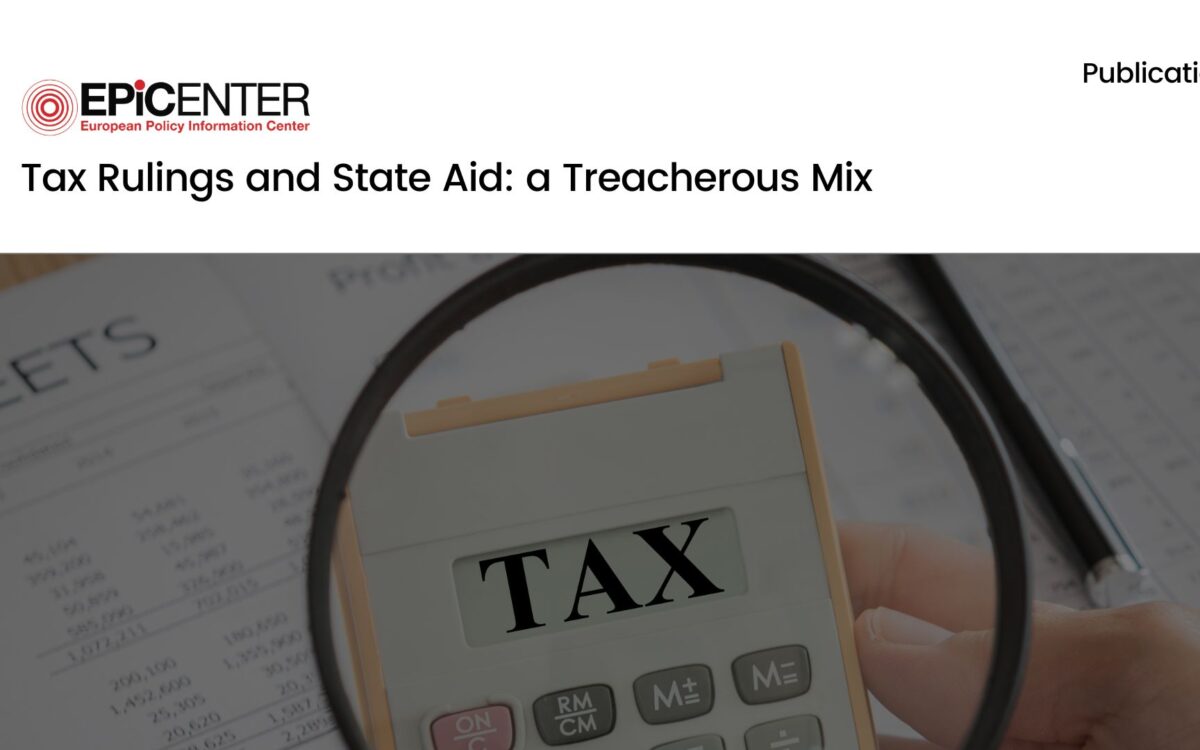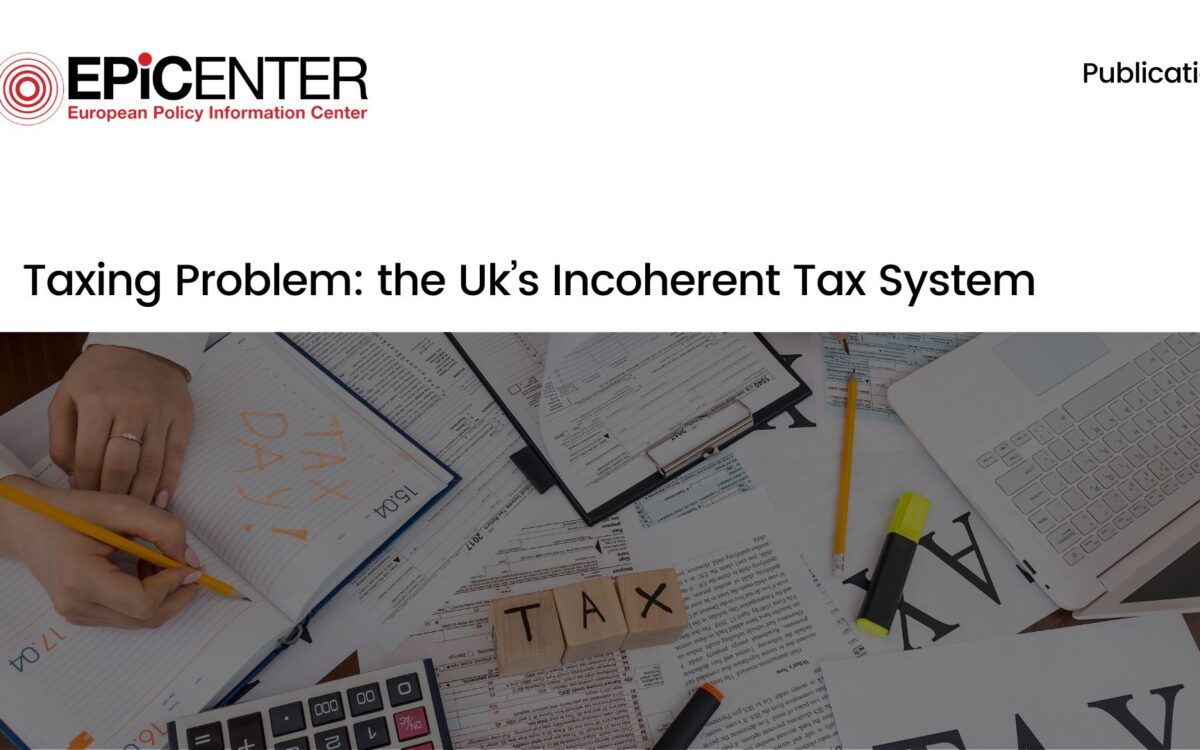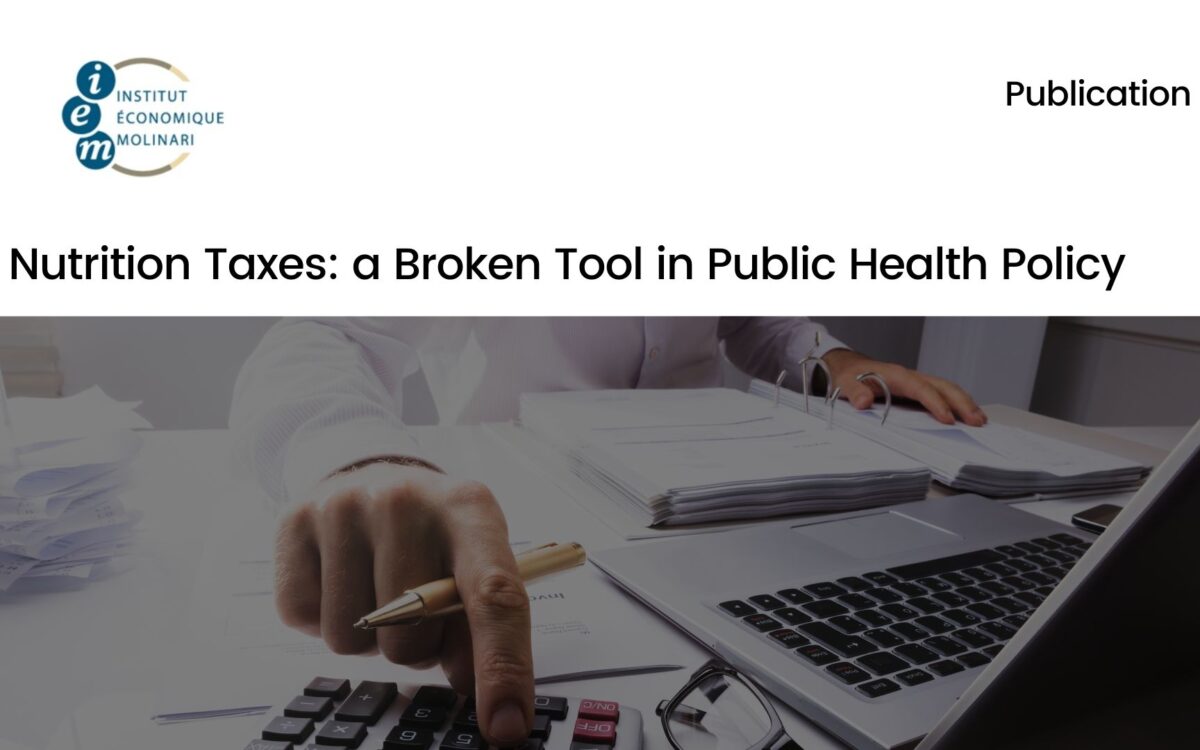Fiscal & Taxation Publications
September 15, 2015
Published by EPICENTER on September 15, 2015
From 2016, e-cigarettes will face additional regulation under Article 20 of the EU’s Tobacco Products Directive (TPD). Given that non-smokers have so far shown little interest in e-cigarettes, critics argue that discouraging ‘vaping’ amounts to encouraging smoking and that some of the new regulations will damage health by raising prices and reducing the appeal of products which, if smokers switched to them, would save lives. However, Member States have some latitude in implementing the TPD.
April 30, 2015
Published by EPICENTER on April 30, 2015
Categories
The benchmark for assessing the legitimacy of any tax measure is the overall tax regime of the country in question, while the tax regimes of other Member States appear to be irrelevant in this context.
March 1, 2015
Published by EPICENTER on March 1, 2015
Categories
The Energy Union can further the process of opening up and integrating energy markets within the European Union. However, there is a risk that behind the proposal a new wave of regulation looms, both at national and EU levels.
December 1, 2014
Published by EPICENTER on December 1, 2014
Categories
The UK tax system is incoherent. Even ignoring benefits styled as tax credits and the withdrawal of child benefit, taxpayers can face seven different marginal rates of personal tax. In the long term, aiming for significantly lower levels of government spending could facilitate substantial marginal tax rate cuts, and the government should aim to return to a tax system with two, or preferably one, overall marginal rates of tax on income.
October 1, 2014
Published by IEM on October 1, 2014
Categories
It is vital to understand that the impact of nutrition taxes on the consumption of nutritionally poor food is unclear and that there is a sizable risk of instituting additional constraints on the country’s economic activity without getting the expected public health benefits.
September 1, 2014
Published by IEA on September 1, 2014
Categories
In practice it is impossible to distinguish between advertising that is intended to be persuasive and advertising that is intended to be informative. Persuasive advertising normally has information content and even basic information provided by a company about its products will normally be intended to make consumers more interested in the product.





